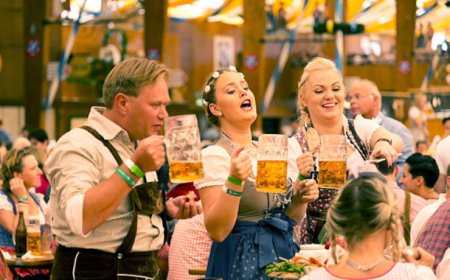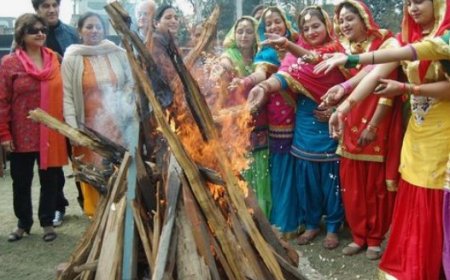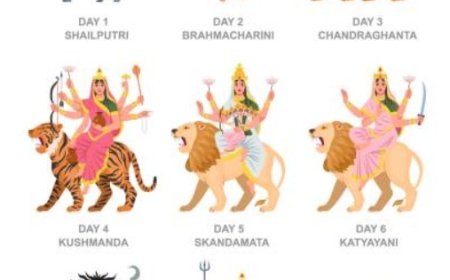Experience Nagaland's Rich Heritage at the Hornbill Festival
Immerse yourself in music, dance, tradition, and unity at this vibrant celebration of cultural diversity.
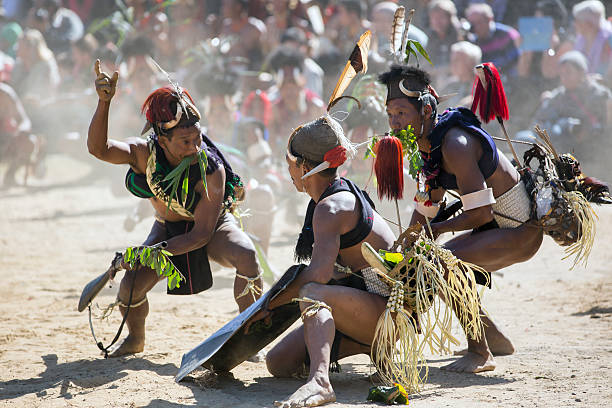
Every year, from December 1st to December 10th, Nagaland, India, celebrates the Hornbill Festival. It honors the rich cultural legacy and customs of the state. In Naga legend, the hornbill is a highly esteemed bird, hence the festival's name.
The Naga Heritage Village in Kisama, which is roughly 12 kilometers from Kohima, the state capital, is the venue for the festival. Each of the 17 major Nagaland tribes is represented by a home in this village, which is a recreation of a traditional Naga village.
Traditional dances, musical performances, culinary markets, and handcraft displays are just a few of the cultural events that take place throughout the festival. This is a fantastic chance to learn about Nagaland's distinctive culture.
Among the Hornbill Festival's highlights are:
- Exhibitions of Naga artwork and handicrafts
- Traditional Naga games and sports
- Traditional Naga dances and music performances
- Food markets featuring Naga cuisine The International Rock Festival at Hornbill
Of course! The following are the top five Hornbill Festival facts:
1. A Naga Culture Celebration: The 17 main Nagaland tribes' rich cultural history is vividly displayed during the Hornbill Festival. It combines dance, music, cuisine, crafts, and customs from all throughout the state.

2. Named in Honor of a Respected Bird: The Indian Hornbill, a big, vibrant bird with a special position in Naga culture and a representation of beauty, strength, and loyalty, is the inspiration behind the festival's name.
3. the Festival of Festivals: The Hornbill Festival is frequently referred to as the "Festival of Festivals" due to the fact that it honors and incorporates the wide range of celebrations that every Nagaland tribe celebrates all year long.
4. Encouraging Travel and Knowledge: Attracting tourists from all over the world, the festival is essential to Nagaland's tourism promotion. Additionally, it promotes unity among tribes and offers a forum for cross-cultural interaction.
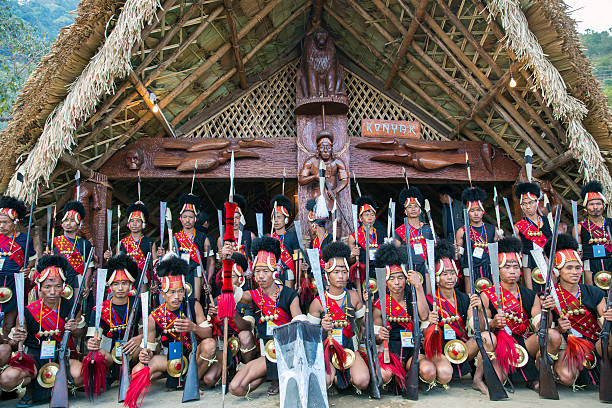
5. A Sensory Extravaganza: The Hornbill Festival is a sensory extravaganza that provides a singular window into the essence of Nagaland, from the captivating traditional dances and musical acts to the delectable Naga cuisine and the elaborate handicrafts on exhibit.
One of the best ways to explore Nagaland's rich culture is to attend the Hornbill Festival, a well-liked tourist destination.




































































































































































































